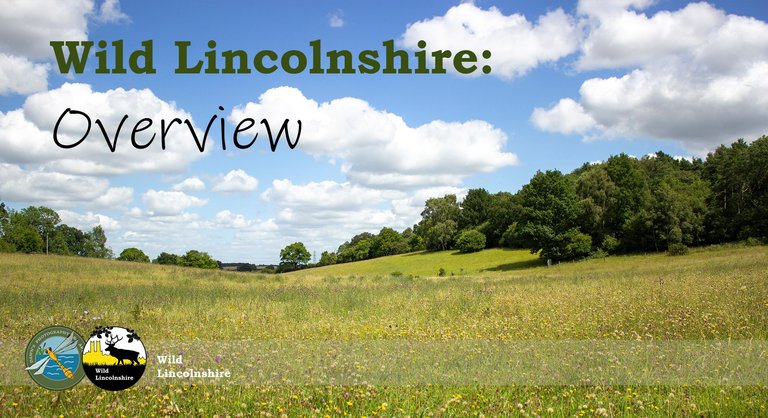
This is the first of 4 posts about as the title suggests Lincolnshire's wild side. This first post is an overview of what I want to cover in the other 3 posts.
Introduction
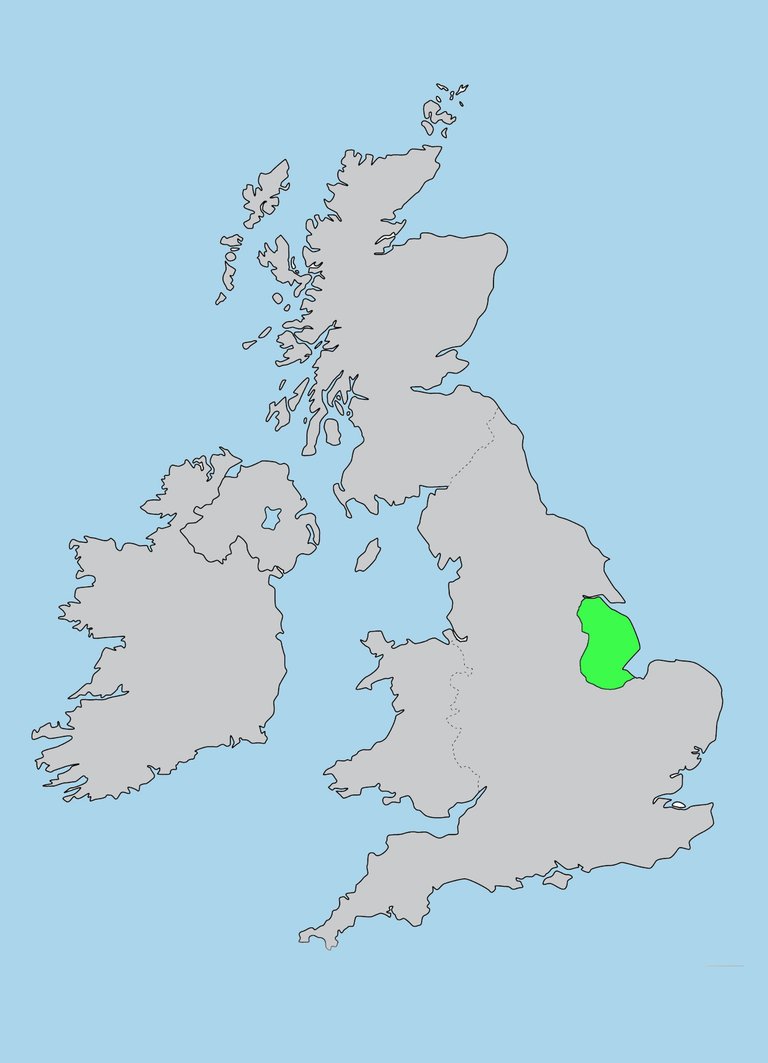
Situated on the middle east side of England is England's second largest county- Lincolnshire. It covers an area of 2,687 square miles. 74% of Lincolnshire’s land is arable and is used for horticulture (well-known for its potatoes). Surprisingly nestled amongst the farms and crops are a range of different habitats—these range from coastal shores to lowland heath and from chalkland meadows to Limewoods. Within these other habitats is a diversity of various species such as orchids, butterflies, birds and many others.

The Landscape
In terms of geography Lincolnshire is in the lowlands of Britain. Though mostly flat it does have its hills- The Wolds, that stretch across Lincolnshire’s north-east quarter.
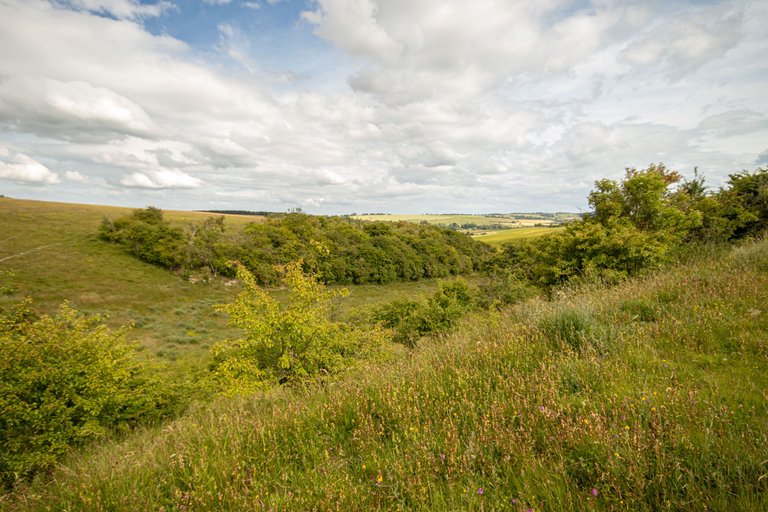
Above Image: Redhill Nature Reserve
Lincolnshire Wolds
The Wolds are known to many as an area of outstanding beauty. With rolling chalk hills of calcareous grasslands and numerous freshwater rivers and streams crisscrossing their way through the landscape.
If we head to the east of Lincolnshire, we find its coastline which runs 50 miles down the border of the North Sea and the estuary of the Humber.
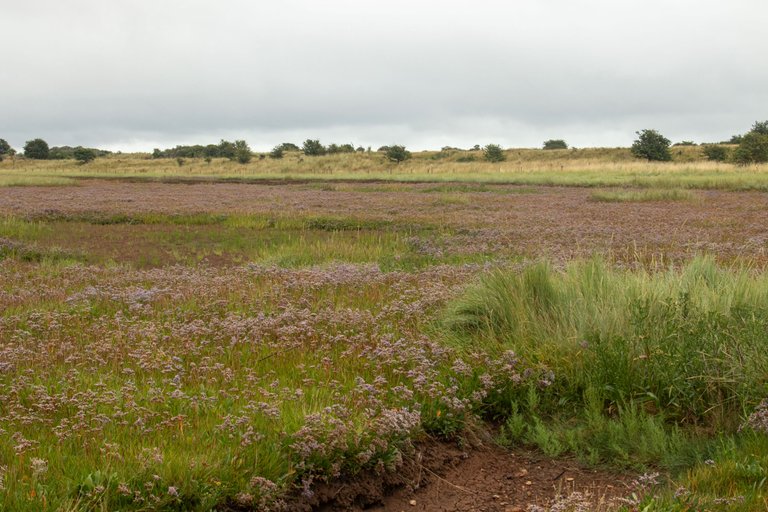
Above Image: Gibraltar Point
Lincolnshire’s Coast
Lincolnshire’s coastline is home to many species. On its sandy shores, it is home to Grey Seals. In its estuaries around the Humber and the Wash, it holds mudflats and Salt Marsh which are important habitats to many birds, invertebrates, and plants such as this Sea Lavender.
Going inland Lincolnshire has some great woodlands such as its Limewoods and scattered amongst these are small expanses of Limestone Heathland.
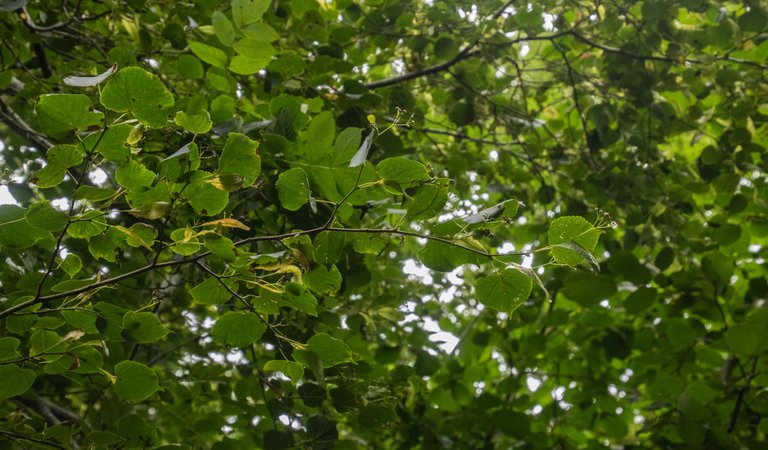
Above Image: Small-leaved Limes in Scotgrove Wood
Lincolnshire Limewoods
Lincolnshire’s Limewoods are rare and precious. It contains Britain’s largest expanse of woodland dominated by small-leaved limes. This covers 60 square miles, with many of this classed as ancient woodland. These hold many interesting flora and fauna species.
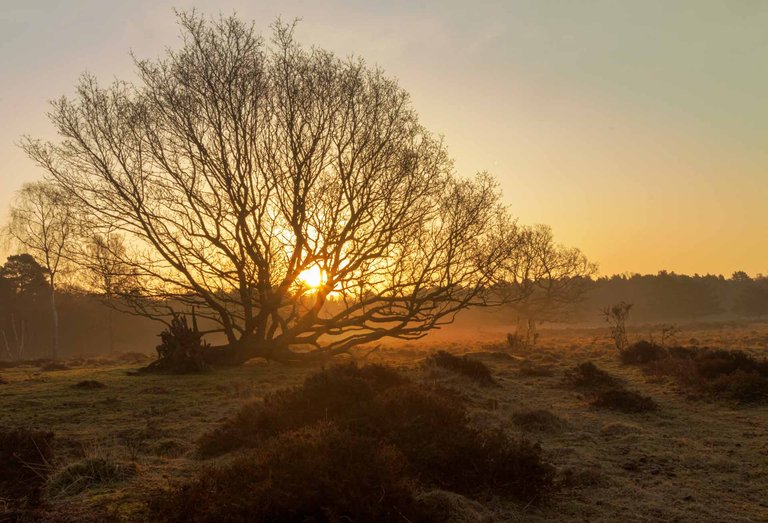
Above Image: Linwood Warren
Lincolnshire’s Heathland
Lincolnshire’s Heathland supports many rare and specialized species like the heathland itself. Today more than 80% of Britain's lowland heaths have been destroyed since the 19th century. This makes these little pockets of heathland very important.

Congratulations @dawnsart! You have completed the following achievement on the Hive blockchain And have been rewarded with New badge(s)
Your next target is to reach 5000 upvotes.
You can view your badges on your board and compare yourself to others in the Ranking
If you no longer want to receive notifications, reply to this comment with the word
STOP